The Chengziya Ruins: Insights into Early Chinese Urban Life and Architecture
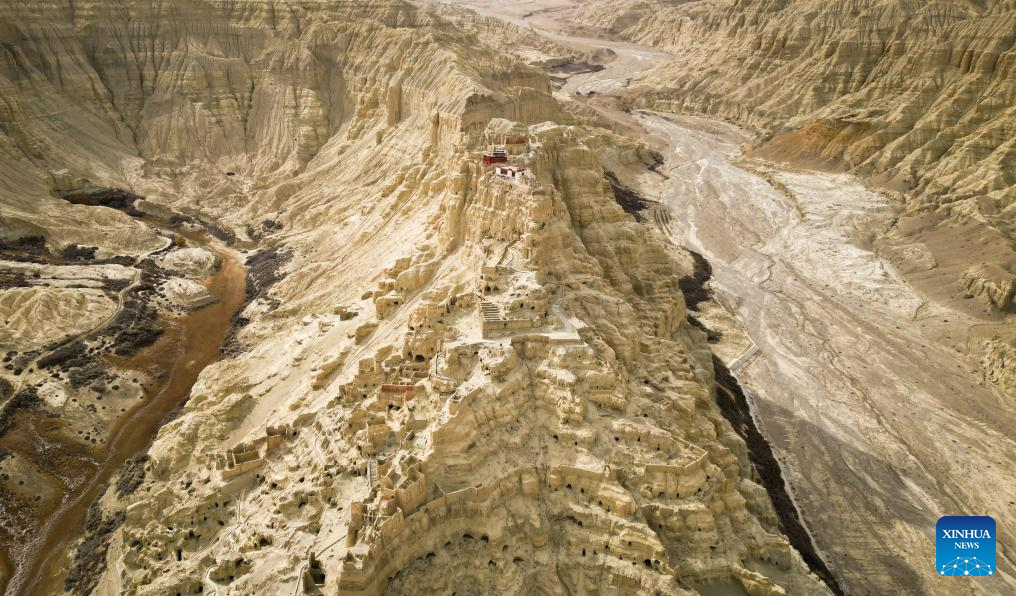
An Essential Guide to Visiting Chengziya Ruins
In This Guide
- An Essential Guide to Visiting Chengziya Ruins
- The Rich History and Legends of Chengziya Ruins
- Main Highlights: What You Absolutely Can’t Miss
- Planning Your Visit: A Practical Guide
- Tickets: Prices, Booking, and Tips
- How to Get There: A Complete Transportation Guide
- Local Cuisine and Accommodation Nearby
- Frequently Asked Questions
- Final Thoughts on Your Trip
Visiting the Chengziya Ruins is like stepping back in time, to an era when the foundations of Chinese civilization were being laid. Nestled in the fertile landscape of Shandong province, just a short drive from the bustling city of Jinan, this archaeological site is a treasure trove of ancient history. The ruins date back to the Longshan culture, which thrived between 2500 BC and 1900 BC, showcasing a remarkable level of sophistication for its time.
At the Chengziya Site, you’ll find the remnants of what was once one of the largest neolithic settlements in China. Enclosed by formidable earthen walls and surrounded by a deep moat, this ancient city is believed to have housed tens of thousands of inhabitants. The carefully excavated layers reveal a complex stratigraphy that includes not only Longshan era artifacts but also remnants from the Xia and Zhou dynasties above.
The highlight of your visit will undoubtedly be the exquisite black pottery, known for its delicate craftsmanship and distinctive sheen. Often referred to as “eggshell pottery,” these artifacts represent the pinnacle of Longshan artistry and are a testament to the advanced techniques employed by these ancient artisans.
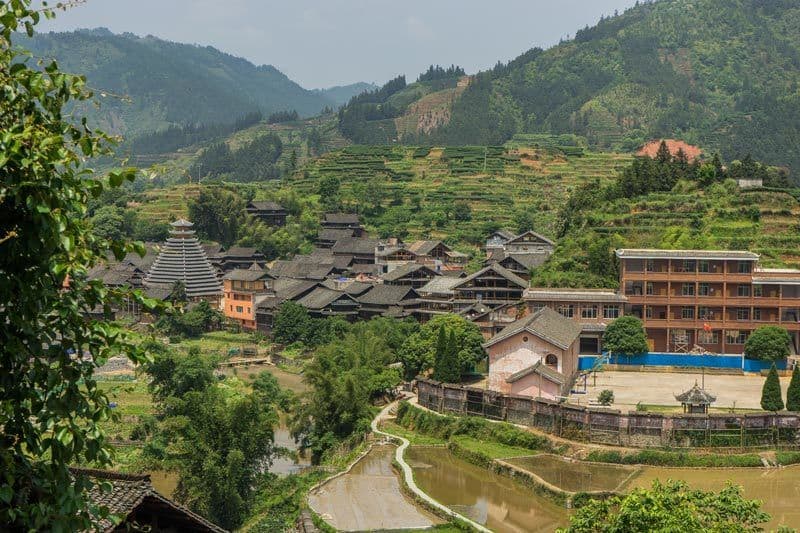
Chengziya Ruins.
The Chengziya Ruins Museum, which sits atop the archaeological site, offers an immersive experience into this rich cultural heritage. With free entry and engaging exhibitions, visitors can explore the depths of prehistoric life in Shandong and gain insight into the social and economic structures of ancient communities.
Whether you are a history buff, a culture enthusiast, or simply curious about one of the cradles of human civilization, a visit to the Chengziya Ruins promises to be both enlightening and inspiring. Here, amidst the echoes of the past, the story of China’s ancient peoples continues to unfold.
The Rich History and Legends of Chengziya Ruins
The Chengziya Ruins, nestled near the city of Jinan in Shandong province, offer a fascinating glimpse into China’s ancient past, specifically the illustrious Longshan culture. This site, which dates back to approximately 2500 BC, is not only a testament to prehistoric life but also a repository of legends that have emerged over the millennia.
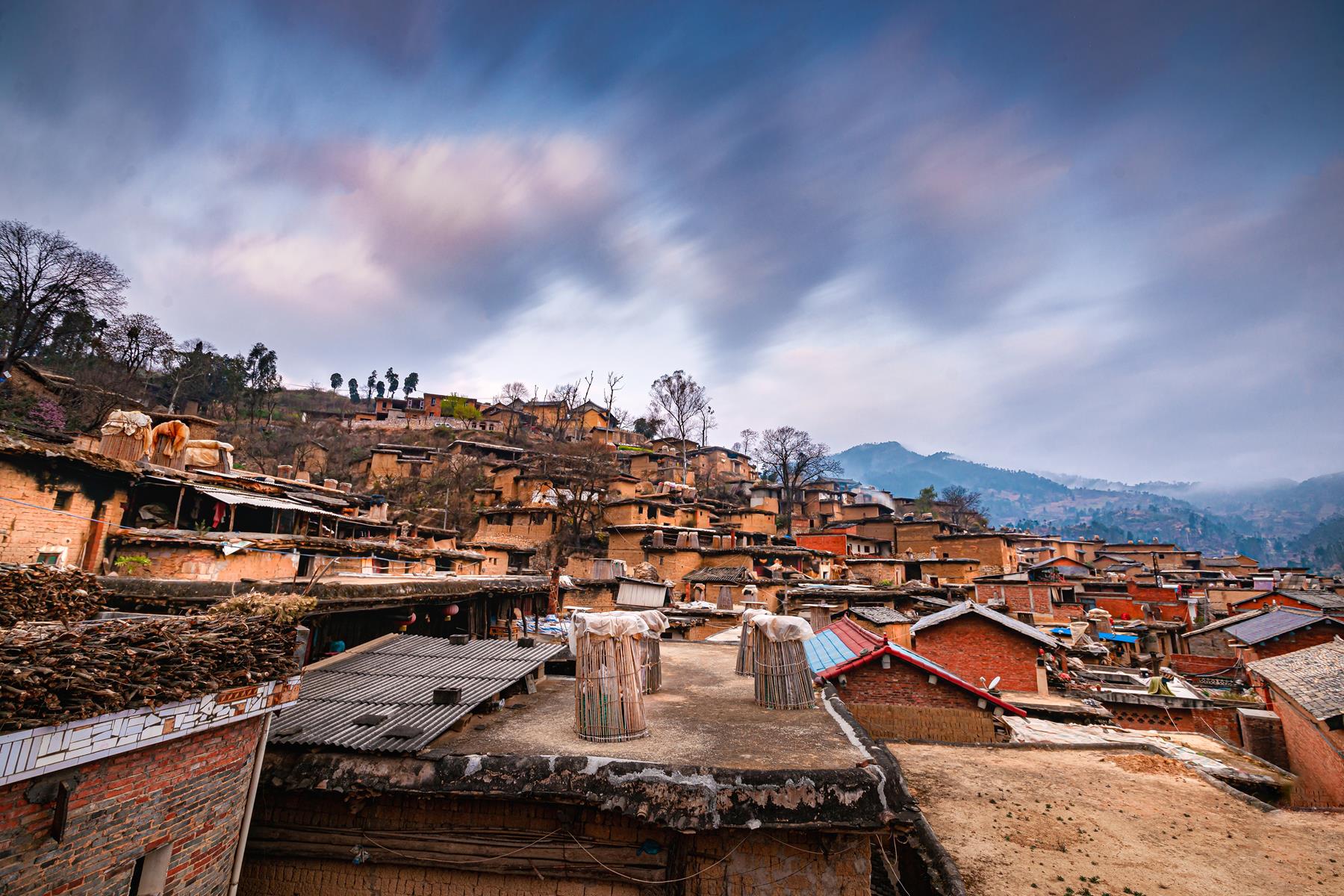
Chengziya Ruins.
A Glimpse into Prehistoric Civilization
The Chengziya Site is renowned as one of the largest Neolithic settlements in China, with its extensive archaeological layers revealing a wealth of history. The site comprises three superimposed cities, with the earliest belonging to the Longshan culture, often referred to as the Black Pottery culture due to its distinctive polished black ceramics. The innovative craftsmanship of Longshan pottery, particularly the delicate gourd-shaped eggshell pottery, showcases the advanced techniques of these early inhabitants. Excavations at Chengziya have unearthed not only pottery but also intricate bone utensils and stone tools, reflecting a sophisticated society capable of complex craftsmanship and trade.
The Discovery and Excavation
The first significant excavation of the Chengziya Ruins took place in 1930, led by Chinese archaeologists without the assistance of their foreign counterparts—a notable step in the development of archaeology in China. This independence marked a turning point, allowing local scholars to explore and interpret their own heritage. Subsequent excavations revealed the layered history of the site, indicating its continuous importance through the Xia and Zhou dynasties.

Chengziya Ruins.
Legends of the Longshan Culture
While the facts surrounding the Chengziya Ruins are well-documented, legends and stories add a mystical layer to its history. Local folklore often speaks of the ancient inhabitants being guided by celestial dragons—symbols of power and protection in Chinese culture. According to legend, the site was once protected by a guardian dragon that brought prosperity to its people, ensuring their agricultural success and safeguarding them from invaders.
Another tale recounts the discovery of the site itself. It is said that the remnants of the ancient city were revealed during a fierce storm, with lightning striking the earth and uncovering the buried treasures of the past. This event was interpreted as a divine message, prompting early archaeologists to investigate the area and ultimately leading to the groundbreaking discoveries that followed.
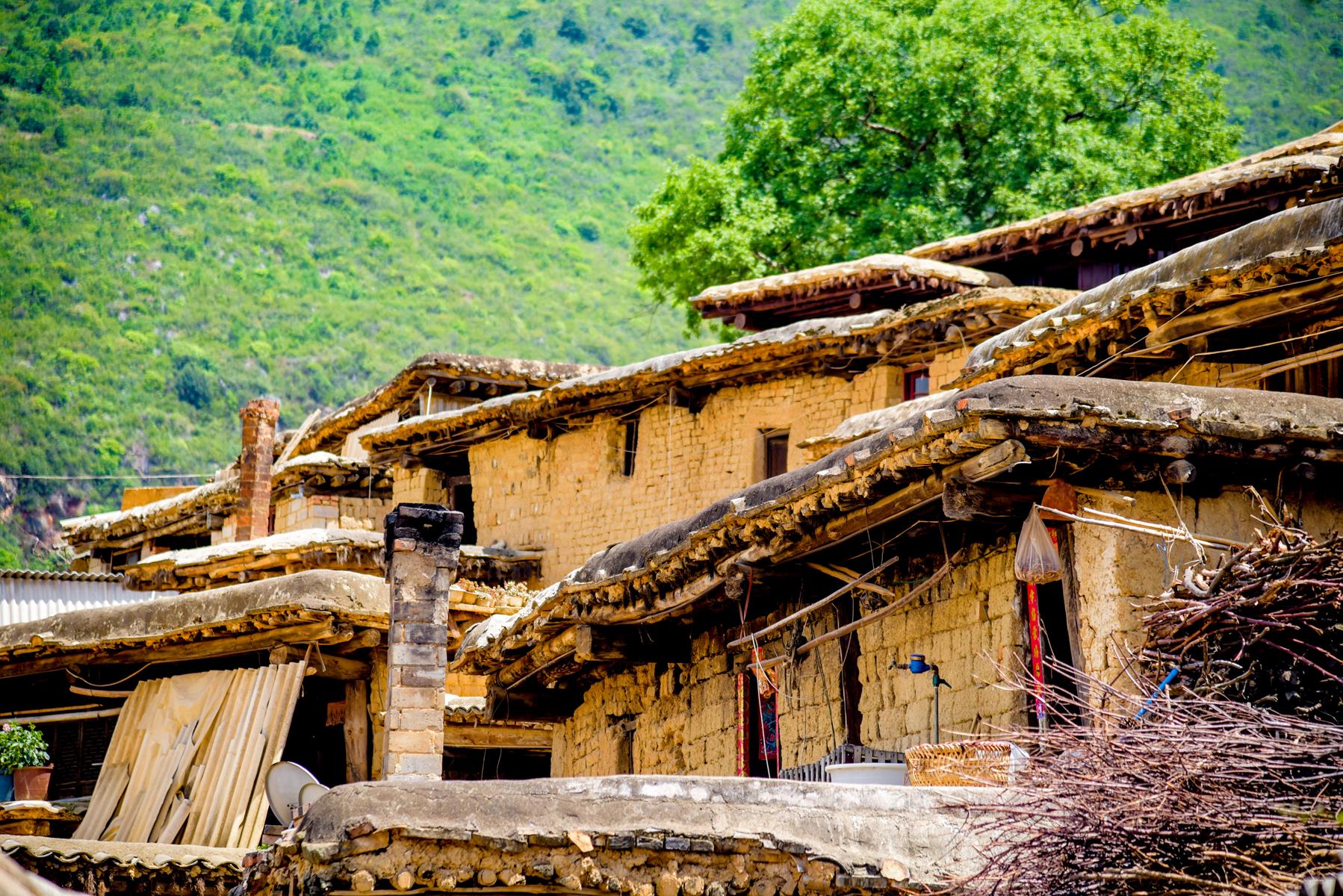
Chengziya Ruins.
Chengziya’s Legacy
The significance of the Chengziya Ruins extends beyond their archaeological value; they symbolize the continuity of Chinese civilization. Recognized as a state-protected site since 1961, the Chengziya Ruins Museum was established to preserve and showcase this rich heritage. Visitors today can view exquisite Longshan pottery and other artifacts, gaining insight into the daily lives and beliefs of these early inhabitants.
As preparations are underway to transform the area into the Chengziya National Archaeological Site Park by 2025, the legends and memories of this ancient site continue to resonate. Travelers venturing to Chengziya will not only witness the remnants of a bygone era but also engage with the stories that have shaped this remarkable location, making it a must-visit for anyone interested in the profound history and culture of China.

Chengziya Ruins.
Main Highlights: What You Absolutely Can’t Miss
Discover the Treasures of Chengziya Ruins
Located near the ancient city of Jinan in Shandong province, the Chengziya Ruins offer an extraordinary glimpse into one of China’s most significant prehistoric cultures. As you explore this archaeological marvel, here are the key highlights you absolutely can’t miss:
1. Chengziya Site: A Window to the Past
- Historical Significance: The Chengziya Site is recognized as one of the largest Neolithic settlements in China, associated with the Longshan culture, which thrived from approximately 2500 BC to 1900 BC. Its discovery marked a pivotal moment in Chinese archaeology.
- Multi-layered Settlement: The site comprises three distinct layers of habitation, revealing aspects of life during the Longshan, Xia, and Zhou dynasties. The lower layer, representative of the Longshan culture, showcases early urban planning with a rectangular layout and fortified walls.
2. Longshan Culture Pottery
- Eggshell Pottery: Don’t miss the exquisite eggshell pottery, renowned for its delicate yet durable design. This pottery is a testament to the advanced craftsmanship of the Longshan people, featuring thin walls and shiny black finishes that are unlike anything from other prehistoric cultures.
- Diverse Artifacts: The museum exhibits a variety of pottery forms, including bowls, basins, and cooking utensils, many adorned with intricate inscriptions and patterns, offering insights into the daily lives of ancient inhabitants.

Chengziya Ruins.
3. The Chengziya Ruins Museum
- Architectural Marvel: Opened in 1994, the Chengziya Ruins Museum is designed to resemble a bird in flight when viewed from above. The museum complex itself is a work of art, seamlessly integrating modern architecture with historical preservation.
- Exhibition Halls: Explore the expansive exhibition halls filled with artifacts uncovered from the site, including pottery, bone tools, and stone implements. The displays provide a narrative of the technological and artistic advancements of the Longshan culture.
4. Ancient City Walls and Moat
- Remarkable Preservation: Witness the well-preserved remnants of the ancient city walls and the surrounding moat. The walls, reaching up to 7 meters in height, showcase the impressive defensive architecture that protected the settlement from invaders.
- Archaeological Insights: As you stroll along these relics, consider the scale of the settlement, believed to have housed tens of thousands of people, indicating its importance as a regional capital.
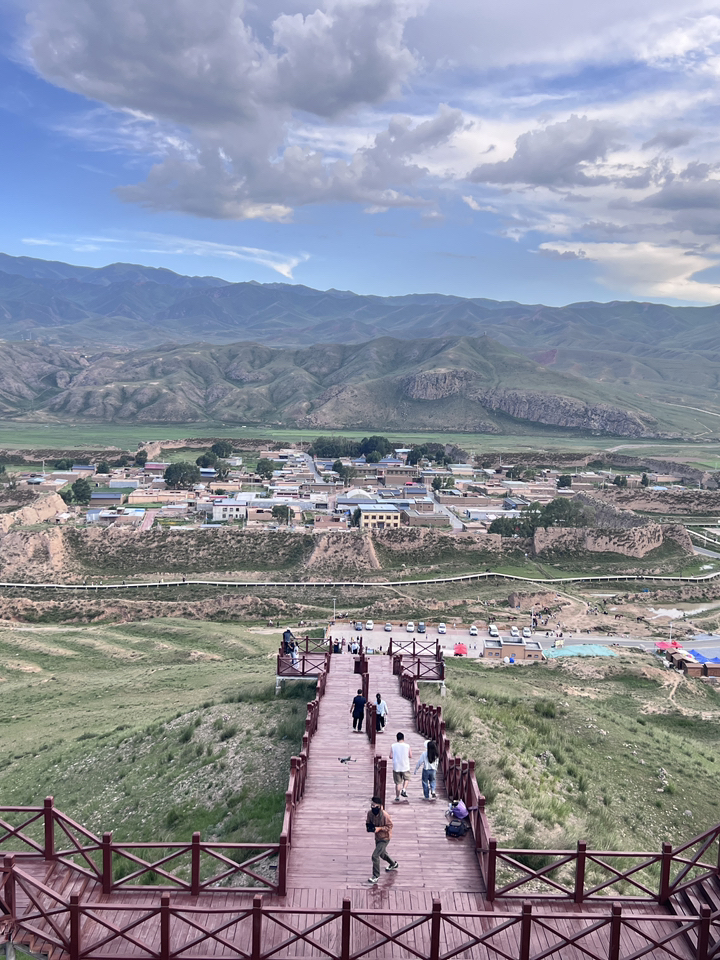
Chengziya Ruins.
5. Future Developments
- Chengziya National Archaeological Site Park: Anticipate the transformation of the Chengziya Site into a national park by 2025. This initiative will enhance visitor experience and accessibility, allowing for a deeper appreciation of this historical treasure.
6. Accessibility and Visitor Information
- Getting There: The Chengziya Ruins Museum is conveniently located about 25 kilometers from Jinan. Visitors can easily reach the site via car or taxi, with an estimated travel time of 50 minutes from the city.
- Admission: Entrance to the museum is free; however, don’t forget to bring a valid ID for entry. The museum operates from 9 AM to 5 PM, but it’s closed on Mondays—plan your visit accordingly!
7. Nearby Attractions
- Explore Jinan: While in the area, take the opportunity to visit other iconic sites in Jinan, such as Daming Lake Park and Baotu Spring Park, both of which offer serene landscapes and cultural significance.
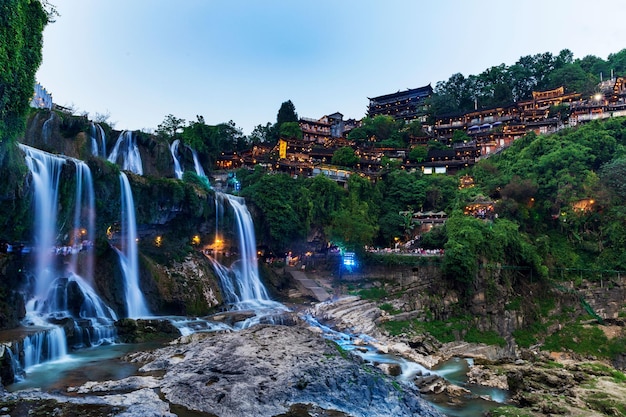
Chengziya Ruins.
Embrace the rich tapestry of history at the Chengziya Ruins, where ancient civilizations come to life through remarkable artifacts and architectural feats. Whether you’re a history enthusiast or a curious traveler, this archaeological site promises an unforgettable experience that will deepen your understanding of China’s prehistoric heritage.
Planning Your Visit: A Practical Guide
Your Essential Guide to Visiting Chengziya Ruins
As one of the most significant archaeological sites in China, the Chengziya Ruins offer travelers a fascinating glimpse into the Longshan culture, which thrived during the Neolithic period. Nestled near Jinan in Shandong Province, this site invites history enthusiasts and cultural explorers alike to delve into ancient Chinese civilization. Here’s everything you need to know to plan your visit effectively.
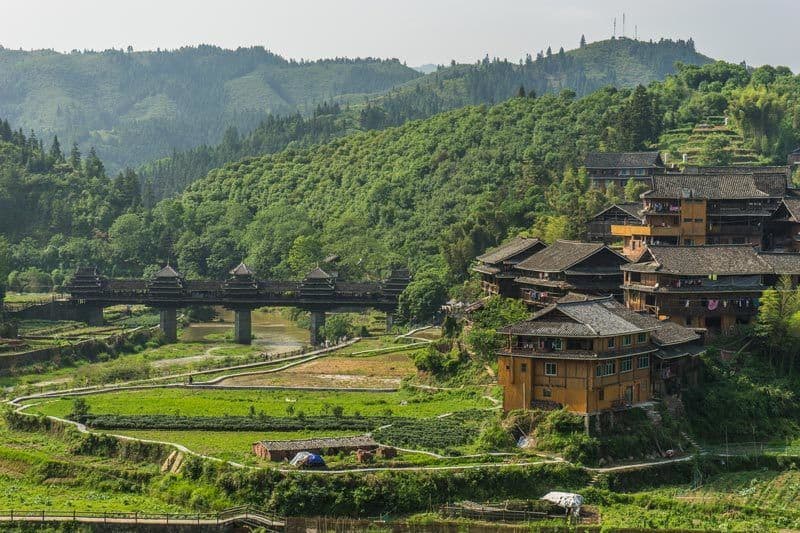
Chengziya Ruins.
Location and Getting There
Address:
Chengziya Ruins Museum
1 km west of the government office of the Longshan Residential District,
Zhangqiu Town, Yanggu County, Jinan, Shandong Province, China
Travel Options:
- By Car or Taxi: The most convenient way to reach the Chengziya Ruins Museum is by car or taxi, approximately 25 km from Jinan’s city center. Plan for about a 50-minute drive.
- Public Transport: While public transport options may be available, they can be less direct and more time-consuming.

Chengziya Ruins.
Museum and Site Information
Opening Hours:
– Daily: 9 AM – 5 PM
– Closed on: Mondays
Entrance Fees:
– Free Admission (Visitors must present valid ID)
What to Expect
The Chengziya Ruins Museum showcases a wealth of prehistoric artifacts, with a particular focus on the exquisite pottery of the Longshan culture. Here are highlights of what you’ll encounter:
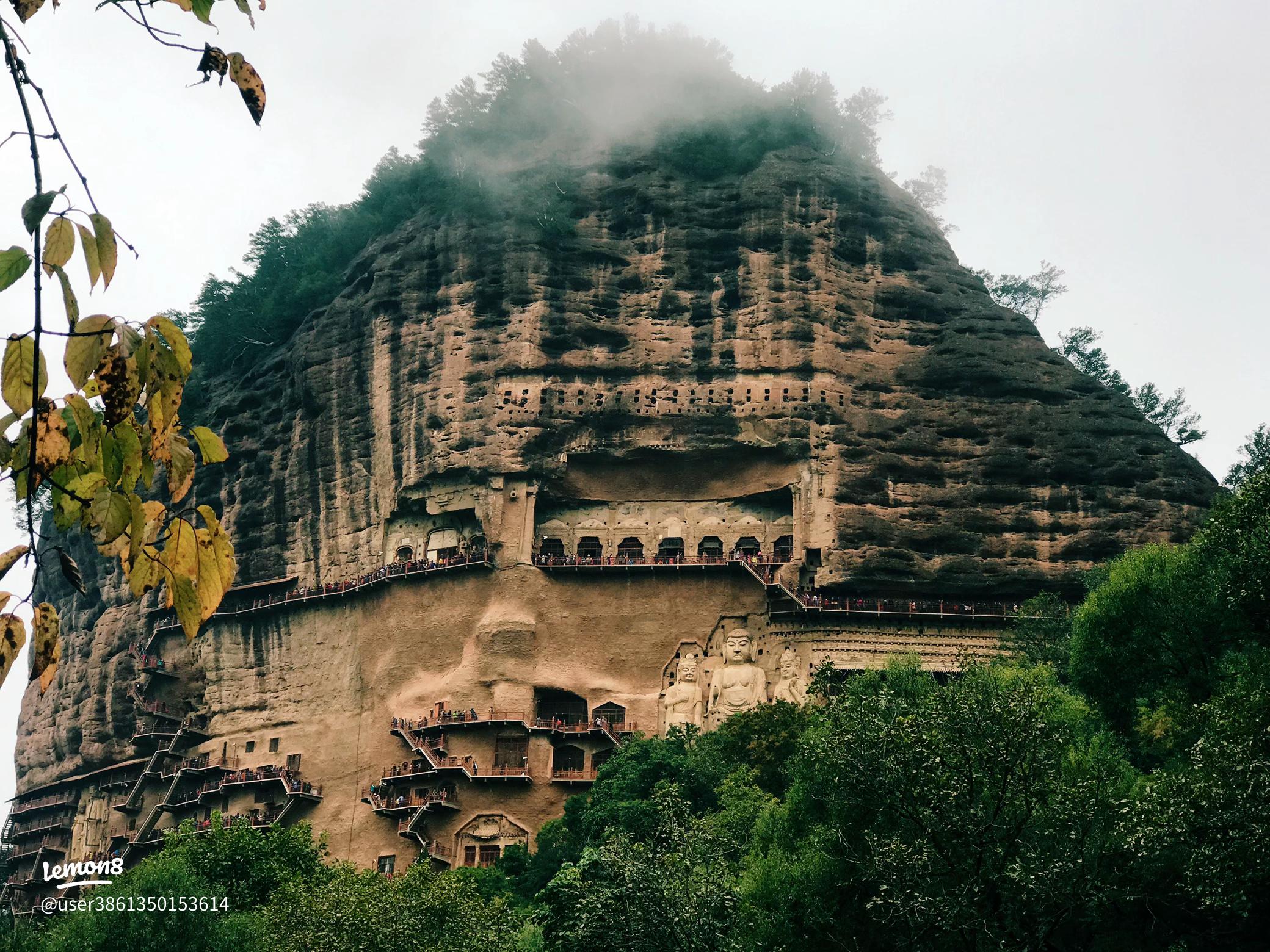
Chengziya Ruins.
- Longshan Pottery: Admire the polished black and gray pottery, including cups, bowls, and the renowned eggshell pottery—an intricate craft requiring high firing temperatures.
- Stone Tools and Bone Utensils: Discover various tools such as axes, knives, and arrowheads that shed light on the daily life of the inhabitants.
- Archaeological Insights: Learn about the three superimposed cities at the site, revealing layers of history from the Longshan, Xia, and Zhou dynasties.
Planning Your Visit
To make the most of your experience at the Chengziya Ruins, consider the following tips:
- Duration of Visit: Allocate at least 2 hours for a thorough exploration of the museum and its exhibits.
- Nearby Attractions: If time permits, explore other historical sites in Jinan, such as:
- Daming Lake Park
- Baotu Spring Park
- Shandong Provincial Museum
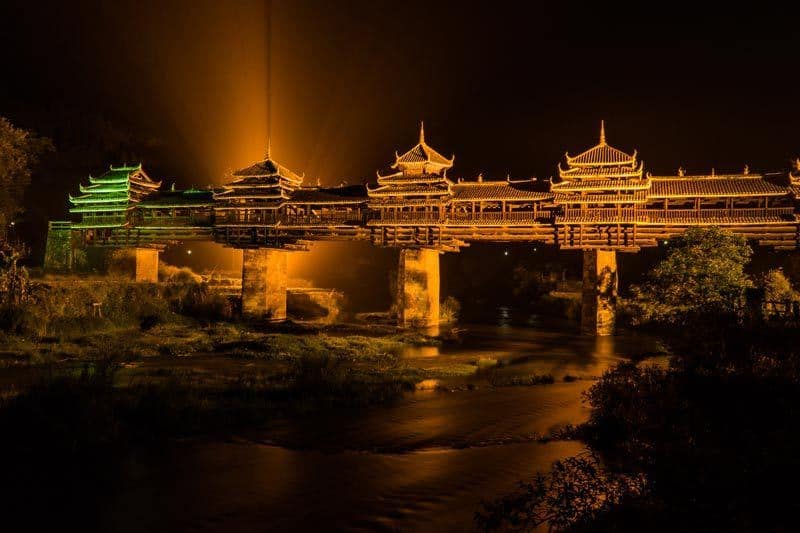
Chengziya Ruins.
Accommodation Recommendations
For a comfortable stay near the Chengziya Ruins, consider the Grand Metropark Hotel Shandong, which is conveniently located in Jinan. Here are some of its features:
- Distance: Approximately 34 km from the museum, typically a 50-minute drive.
- Amenities: Air-conditioned rooms, on-site dining, fitness facilities, and proximity to major tourist attractions in Jinan.
- Transportation Services: The hotel can arrange taxis and airport transfers for your convenience.
Travel Tips
- Language: While some staff at tourist sites may speak English, having a translation app or basic Mandarin phrases can enhance your experience.
- Weather Considerations: Check the local weather prior to your visit and dress appropriately, as the museum includes both indoor and outdoor exhibits.
- Safety and Regulations: Follow local regulations regarding photography, especially in areas where it may be restricted. Respect the archaeological site to ensure its preservation for future generations.
Contact Information
For any inquiries, you can reach the Chengziya Ruins Museum at:
Phone: +86 531 8295 9203
Conclusion
The Chengziya Ruins are not just a testament to ancient craftsmanship but also a vital part of China’s rich historical tapestry. By following this practical guide, you can ensure a rewarding visit that deepens your understanding of Chinese history and culture. Enjoy your journey into the past!
Tickets: Prices, Booking, and Tips
Planning Your Visit to Chengziya Ruins
When visiting the Chengziya Ruins Museum, you’ll be delighted to discover that entry is free of charge. This makes it an accessible destination for anyone interested in China’s rich history and culture. However, to enjoy a smooth visit, here’s what you need to know about ticketing, facilities, and tips for planning your trip.
Entrance Requirements
- Tickets: No tickets are required for entry, but visitors must present a valid ID at the entrance. This helps the museum manage visitor flow and maintain security within the site.
Opening Hours
- Museum Hours: The museum is open daily from 9:00 AM to 5:00 PM.
- Closed: It remains closed on Mondays, so be sure to plan your visit accordingly.
Getting There
The Chengziya Ruins Museum is conveniently located about 25 kilometers east of Jinan, the capital of Shandong province. The best ways to get there are by car or taxi, with a journey time of approximately 50 minutes from the city center.
Tips for Your Visit
-
Time to Explore: Allocate at least 2 hours for a thorough visit. This will give you ample time to explore the various exhibits showcasing the fascinating Longshan culture and its exquisite pottery.
-
Nearby Attractions: Consider visiting other nearby attractions in Jinan, such as Daming Lake Park, Baotu Spring Park, and the Shandong Provincial Museum. These sites can complement your experience of Chinese history and culture.
-
Photography: Don’t forget your camera! The museum’s architecture and the archaeological site itself offer stunning photo opportunities.
-
Guided Tours: For a more enriching experience, look into guided tours that may be available. They can provide deeper insights into the significance of the artifacts and the history of the site.
Booking Accommodations
If you’re looking for a place to stay during your visit, the Grand Metropark Hotel Shandong is a highly recommended option situated conveniently in Jinan. It offers modern amenities and easy access to local attractions, including the Chengziya Ruins Museum.
Final Thoughts
The Chengziya Ruins Museum is a treasure trove of ancient Chinese history, making it a must-visit for anyone interested in understanding the roots of Chinese civilization. With free admission and accessible facilities, it’s an enriching experience that doesn’t require a hefty budget. Plan your visit wisely, and immerse yourself in the elegance of the Longshan culture!
How to Get There: A Complete Transportation Guide
Getting to Chengziya Ruins Museum: Your Complete Transportation Guide
Visiting the Chengziya Ruins Museum is not just a journey to explore ancient Chinese history; it is an opportunity to immerse yourself in the rich cultural heritage of the Longshan culture. Located approximately 25 kilometers east of Jinan, the capital of Shandong Province, reaching this remarkable site is convenient and straightforward. Here’s how to make your trip seamless.
By Air
Nearest Airport: Jinan Yaoqiang International Airport (TNA)
If you’re flying into the region, your first stop will likely be Jinan Yaoqiang International Airport, which is well-connected to major cities across China. Upon landing, you have several options to reach the Chengziya Ruins Museum:
- Taxi: The most straightforward option is to take a taxi directly from the airport. The journey will take about 45 minutes, depending on traffic, and costs around 160 yuan.
- Car Rental: For those looking to explore more of the Shandong province at their leisure, consider renting a car at the airport. This gives you flexibility for your travels.
By Train
Key Train Stations in Jinan:
– Jinan Railway Station
– Jinan West Railway Station
– Jinan East Railway Station
– Daminghu Railway Station
If you are arriving by train, Jinan’s railway network provides easy access to the Chengziya Ruins Museum. Here’s how to proceed:
- Taxi: From any of the train stations, you can take a taxi. The ride to the museum should take around 30 to 50 minutes based on the station you arrive at.
- Public Transport: Some visitors prefer public transportation. You can take a local bus to Zhangqiu Town and then a taxi or ride-share to the museum. However, this option may require more time and planning.
By Car
For those who prefer driving, the museum is easily accessible via the expressways connecting Jinan and Zhangqiu. The drive takes about 50 minutes, making it a great option for visitors staying in Jinan.
- Parking: Ample parking is available at the museum, making it convenient for those who arrive by car.
Local Transportation Options
If you are already in Jinan and wish to explore the area around the Chengziya Ruins Museum or other historic sites, consider the following:
- Taxi Services: Taxis are readily available throughout Jinan and are a reliable way to reach the museum.
- Ride-Sharing Apps: Apps like Didi Chuxing can be used for a more comfortable travel experience.
- Public Buses: While not as convenient, local buses can take you to Zhangqiu Town, from where you can catch a taxi to the museum.
Planning Your Visit
The Chengziya Ruins Museum is open from 9 AM to 5 PM every day except Mondays. Admission is free, but visitors need to present a valid ID. To fully appreciate the exhibits, plan for at least two hours to explore the museum and its extensive collection of Longshan culture artifacts.
Recommended Accommodation
For those wishing to stay overnight in Jinan, the Grand Metropark Hotel Shandong is an excellent option, situated about 34 kilometers from the museum. This 4-star hotel offers comfortable amenities and easy access to local attractions, making it a perfect base for your historical explorations.
Conclusion
Reaching the Chengziya Ruins Museum is straightforward, whether you choose to fly, take a train, or drive. With convenient transportation options and a wealth of history waiting to be discovered, your visit to this archaeological gem in Shandong Province promises to be both enlightening and memorable. Plan your journey today and step back into one of China’s ancient cultures!
Local Cuisine and Accommodation Nearby
Exploring the Chengziya Ruins is not just an archaeological journey; it’s also an opportunity to indulge in the rich culinary traditions of Shandong province. Here’s a guide to savoring local flavors and securing comfortable accommodations during your visit.
Local Cuisine
When in Shandong, don’t miss the chance to sample some of the region’s renowned dishes. The local cuisine is celebrated for its fresh ingredients and bold flavors, influenced by the province’s coastal geography and agricultural bounty. Here are some dishes you must try:
-
Sweet and Sour Carp (糖醋鲤鱼): A signature dish in Shandong, this carp is fried to perfection and coated in a tangy, sweet sauce that enhances its natural flavor.
-
Jinan-style Braised Chicken (济南鸡煲): Tender chicken pieces are slow-cooked with aromatic spices and vegetables, creating a hearty and flavorful dish that’s perfect for sharing.
-
Shandong Dumplings (山东饺子): Known for their thin wrappers and generous fillings, these dumplings can be found at many local eateries. Try them steamed or boiled, with a side of vinegar for dipping.
-
Scallion Pancakes (葱油饼): Crispy on the outside and soft on the inside, these savory pancakes are a popular snack or accompaniment to any meal.
-
Bingtanghulu (冰糖葫芦): For a sweet treat, look for these candied fruit skewers, often made with hawthorn berries and coated in a sugary syrup. They make for a delightful snack as you explore the area.
Dining Recommendations
-
Lao Wang Jiao (老王家): This local restaurant is famed for its authentic Shandong cuisine, particularly its dumplings and braised dishes. The atmosphere is cozy and welcoming, perfect for a family meal.
-
Shun Feng Seafood Restaurant (顺风海鲜): Located near the Chengziya Ruins, this restaurant specializes in fresh seafood, offering a variety of dishes that showcase the coastal flavors of Shandong.
-
Daming Lake Tea House (大明湖茶馆): After a long day of exploring, unwind at this charming tea house, where you can enjoy traditional Chinese teas and light snacks, all while overlooking the serene Daming Lake.
Accommodation Options
For a comfortable stay, consider the following hotel, conveniently located to provide easy access to the Chengziya Ruins:
Grand Metropark Hotel Shandong
-
Overview: This 4-star hotel combines modern amenities with a central location, making it an ideal base for exploring Jinan and the Chengziya Ruins.
-
Facilities: Guests can enjoy well-appointed rooms equipped with air conditioning, mini-bars, and complimentary Wi-Fi. The hotel features a heated indoor swimming pool, fitness center, and various dining options, including three restaurants and a tea house.
-
Location: Just a short drive from the Chengziya Site, the hotel is conveniently situated near other notable attractions such as Daming Lake Park and Baotu Spring Park.
-
Transportation: The hotel offers shuttle services to and from the airport and nearby railway stations, making it easy for international travelers to navigate their way.
-
Dining: Buffet breakfast is available, featuring both Chinese and Western options, ensuring that you start your day off right before heading to the ruins.
Conclusion
Your journey to the Chengziya Ruins will be enriched by the delectable local cuisine and the comfort of well-appointed accommodations. Be sure to indulge in the vibrant flavors of Shandong and enjoy a restful stay at the Grand Metropark Hotel Shandong, setting the perfect stage for your historical exploration.
Frequently Asked Questions
Frequently Asked Questions about Chengziya Ruins
1. What are the Chengziya Ruins?
The Chengziya Ruins are an archaeological site located near Jinan in Shandong province, China. Primarily associated with the Longshan culture, these ruins date back to approximately 2500 BC and represent one of the largest Neolithic settlements ever discovered in China. The site includes multiple layers of historical significance, with artifacts from the Longshan, Xia, and Zhou dynasties.
2. How can I visit the Chengziya Ruins Museum?
The Chengziya Ruins Museum is open daily from 9 AM to 5 PM but is closed on Mondays. Admission is free, but visitors must present a valid ID upon entry. The museum is situated about 25 km east of Jinan, and you can reach it conveniently by car or taxi.
3. What is the best time to visit the Chengziya Ruins Museum?
The museum can be visited year-round, but it is advisable to avoid public holidays when crowds are heavier. Spring and autumn offer the most pleasant weather for exploring the site and surrounding areas.
4. What can I expect to see at the museum?
The Chengziya Ruins Museum features a vast collection of artifacts from the Longshan culture, including exquisite black pottery known as eggshell pottery, stone tools, and bone utensils. The exhibition halls highlight these historical relics and provide insight into the ancient civilization that once thrived in this region.
5. Is there a guided tour available?
While the museum does not always offer guided tours, audio guides may be available for visitors. It’s also advisable to check the museum’s official website for any special exhibitions or guided tour options that may be offered during your visit.
6. What are some nearby attractions?
If you’re planning to visit the Chengziya Ruins, consider exploring other historical sites in Jinan, such as Daming Lake Park, Baotu Spring Park, and the Shandong Provincial Museum. These sites are rich in cultural heritage and offer a glimpse into the local history.
7. How do I get to the Chengziya Ruins from Jinan?
The easiest way to reach the Chengziya Ruins Museum from Jinan is by car or taxi, which takes approximately 50 minutes. Public transportation options may be limited, so planning ahead is recommended.
8. Are there any facilities at the museum?
The Chengziya Ruins Museum is equipped with modern facilities including restrooms, a café, and gift shops. The site is also designed for accessibility, ensuring that all visitors can enjoy their experience comfortably.
Feel free to reach out to the museum staff for any additional questions or specific inquiries during your visit!
Final Thoughts on Your Trip
As you conclude your journey through the captivating Chengziya Ruins, take a moment to reflect on the profound history and culture that envelops this remarkable site. Nestled in the heart of Shandong province, the Chengziya Ruins Museum offers an extraordinary glimpse into the Longshan culture, a civilization that laid the groundwork for the rich tapestry of Chinese history.
A Journey Through Time
Walking through the museum’s exhibition halls, you are not merely an observer; you become a part of the narrative that spans thousands of years. The exquisite black pottery, the intricate bone utensils, and the remnants of ancient city walls whisper the stories of a society that thrived long before our time. Each artifact serves as a testament to the skills and creativity of early Chinese artisans, revealing a culture that was vibrant and sophisticated.
Immerse Yourself
Visiting Chengziya is more than just an exploration of archaeology; it is an invitation to immerse yourself in the essence of Chinese heritage. The site is a reminder of the resilience and ingenuity of humanity, where once bustling streets and homes stood, echoing the lives of those who came before us.
Extend Your Adventure
While Chengziya serves as a focal point for your historical exploration, don’t overlook the surrounding attractions in Jinan. The tranquil beauty of Daming Lake, the refreshing Baotu Spring, and the cultural displays at the Shandong Provincial Museum all await you, enriching your experience of this enchanting region.
Final Thoughts
As you depart from the Chengziya Ruins, carry with you not just memories but also a deeper appreciation for the foundations of Chinese civilization. Allow the echoes of the past to inspire your future adventures, wherever they may lead you. Whether you’re a history buff, a culture enthusiast, or simply a curious traveler, Chengziya stands as a beacon of exploration and discovery in the heart of China. Safe travels, and may your journeys continue to unfold in fascinating ways!